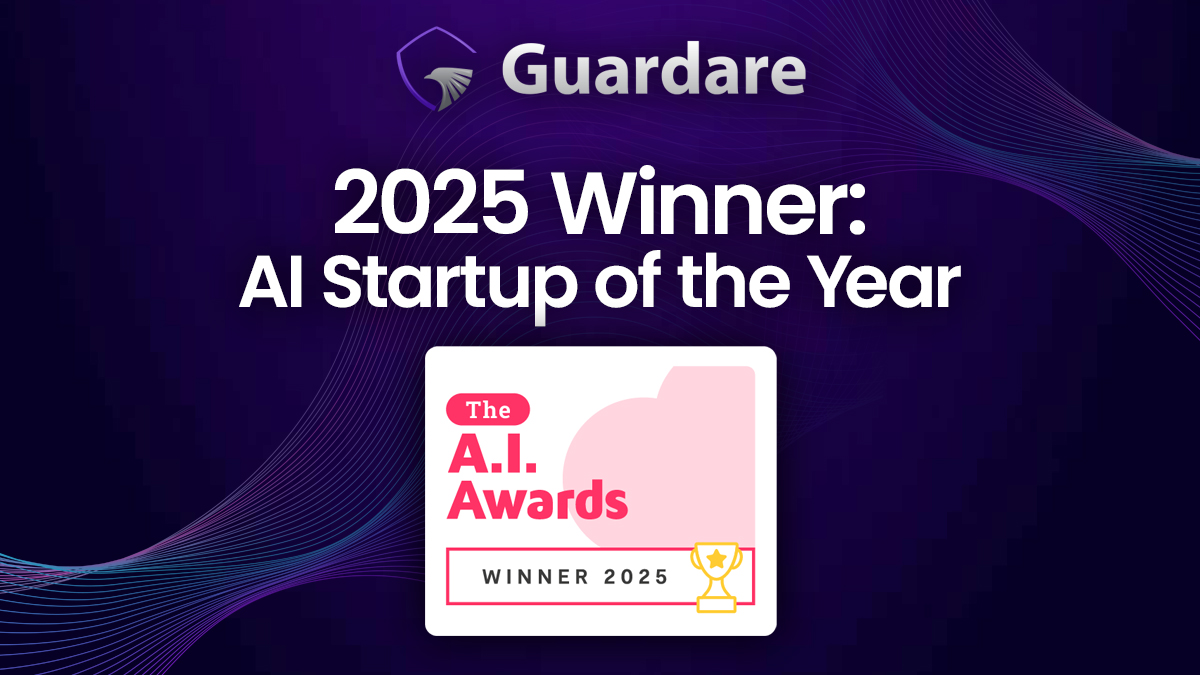Introduction
$10.5 trillion in projected damages. 83% of organizations are experiencing more than one data breach at a time.
These statistics should be alarm bells to any rapidly developing organization like yours.
Cyber experts, IT managers, and CISOs have focused on building higher walls—and to a degree, this approach has been successful. However, criminals are in the business of building better ladders—and both sides have a new advantage thanks to the widespread introduction and adoption of AI in cybersecurity.
The question no longer is: Should we use AI in our strategy? Instead, it’s become: HOW can we use AI to overpower the other side?
The stakes have never been higher for the answer.
The problem?
Other questions have surfaced as agentic AI becomes more sophisticated and accepted:
- How do you trust a system that’s still in development?
- How do you maintain visibility into decisions made at machine speed and machine level?
- How do you harness the power of agentic AI while remaining ethically and efficiently intact?
Thankfully, the answer is simple: You encourage agents to collaborate with the tool, keeping a human-in-the-loop approach that benefits all parties involved.
Read on to learn more about the role AI plays in cybersecurity, the benefits and risks to consider if you plan to introduce AI into your security strategy, and how you can prepare your team to leverage AI properly to maintain your security posture across departments.
The Evolution of AI in Cybersecurity
AI technically began in 1950, launching into the mainstream media with a machine intelligence test known as The Imitation Game. Machine learning continued to improve between the 1980s and 2000s, resulting in the creation of “deep learning” and neural networks in the 2010s. These networks laid the foundation for autonomous decision-making and response regulation, eventually leading to the rise of agentic AI today.
The benefits of these developments primarily lie in the speed of the system. The downside is that teams have to keep up, regulate, and affirm what models are deciding in microseconds.
As with any good thing, there are pros and cons to consider before adopting and implementing the system.
Quantifiable Benefits of AI in Cybersecurity
Machine learning and agentic models excel in triaging, slashing time, and blocking out “noise” that distracts analysts from the core problems in front of them. Benefits you’ll start to see as a result of this include:
- Faster containment speeds: AI-based cybersecurity strategies reduce incident response time by 96% on average.
- More efficient escalations: AI agents use inputs provided by the user to efficiently escalate, minimizing the potential for human error and improving the efficiency of an organization’s operational flow.
- Measurable cost savings: Most costs are saved with the passage of menial labor onto automated, trained, and tailored systems. This frees up analyst hours and allocation for more sophisticated tasks, making time spent on a threat far more efficient.
Guardare is a strong example of the power that agentic AI holds, if properly trained and used. For example, Guardare aggregates data from multiple sources, using deep learning and reasoning agents to infer risks in seconds.
This same process, if performed manually, would require our teams to analyze thousands of lines of logs—forcing the recall of sufficient information to find the intersections between different sources.
Even if agents were able to speed up this process by doing it programmatically, the flexibility of agentic systems in making informed decisions, along with their speed, gives a unique edge to the entire organizational workflow.
Emerging Risks of AI in Cybersecurity Solutions
Despite its benefits, including AI in cybersecurity introduces new vulnerabilities that have to be accounted for.
For example, opaque models, hallucinated alerts, and “alert-fatigue 2.0” via an eternal flow of information from agentic AI systems erode trust faster than any breach, both on the client side and the staff side. Without clear provenance and explainability, AI simply automates bad decisions at scale, now at machine speed.
Stakeholders can minimize risks by remembering one key thing: Every output agentic AI offers is only as good as the data it’s been given. That means traceable inputs, auditable logic, and user-friendly context have to be included in every decision and input from the user—or else companies can easily lose “sight” and “accountability” of the decisions that the model is self-authorizing.
Building Future-Ready Security Teams
Today's most effective security teams blend traditional cybersecurity expertise with AI literacy and adeptness.
As such, managers should consider developing certain skill sets in their staff, such as:
- Analytical interpretation skills
- Prompt engineering
- Cross-domain knowledge
- Strategic oversight
Once the known areas of skill development are identified, organizations can move forward in both upskilling current staff members and recruiting qualified talent to fill any gaps.
As you implement agentic AI in your organization, remember: The most effective structure doesn't involve AI replacing humans, or humans micromanaging AI—it's a symbiotic relationship where each compensates for the other's weaknesses.
Takeaway
The AI revolution in cybersecurity isn't coming—it's here.
Organizations that integrate these technologies (and their failsafes) starting today open themselves up to advantages that help them stand up to the present-day (and future) threats.
Like any tool, however, AI in cybersecurity offers risks and benefits alike. The most successful integration opportunities accept both sides of the proverbial "coin," minimizing risk where possible and maximizing benefits through strategic construction and execution of security frameworks.
At Guardare, we've built our platform on this principle of balance. Our tools provide unparalleled visibility into how agentic AI makes security decisions, ensuring your team maintains oversight while benefiting from AI's speed and analytical power. We don't cut out the human element—we amplify it and empower it to aim higher, do better, and accomplish more with the support that teams have been waiting for.
Ready to experience the difference for yourself? Request a demo of Guardare today.
.svg)



.jpg)

